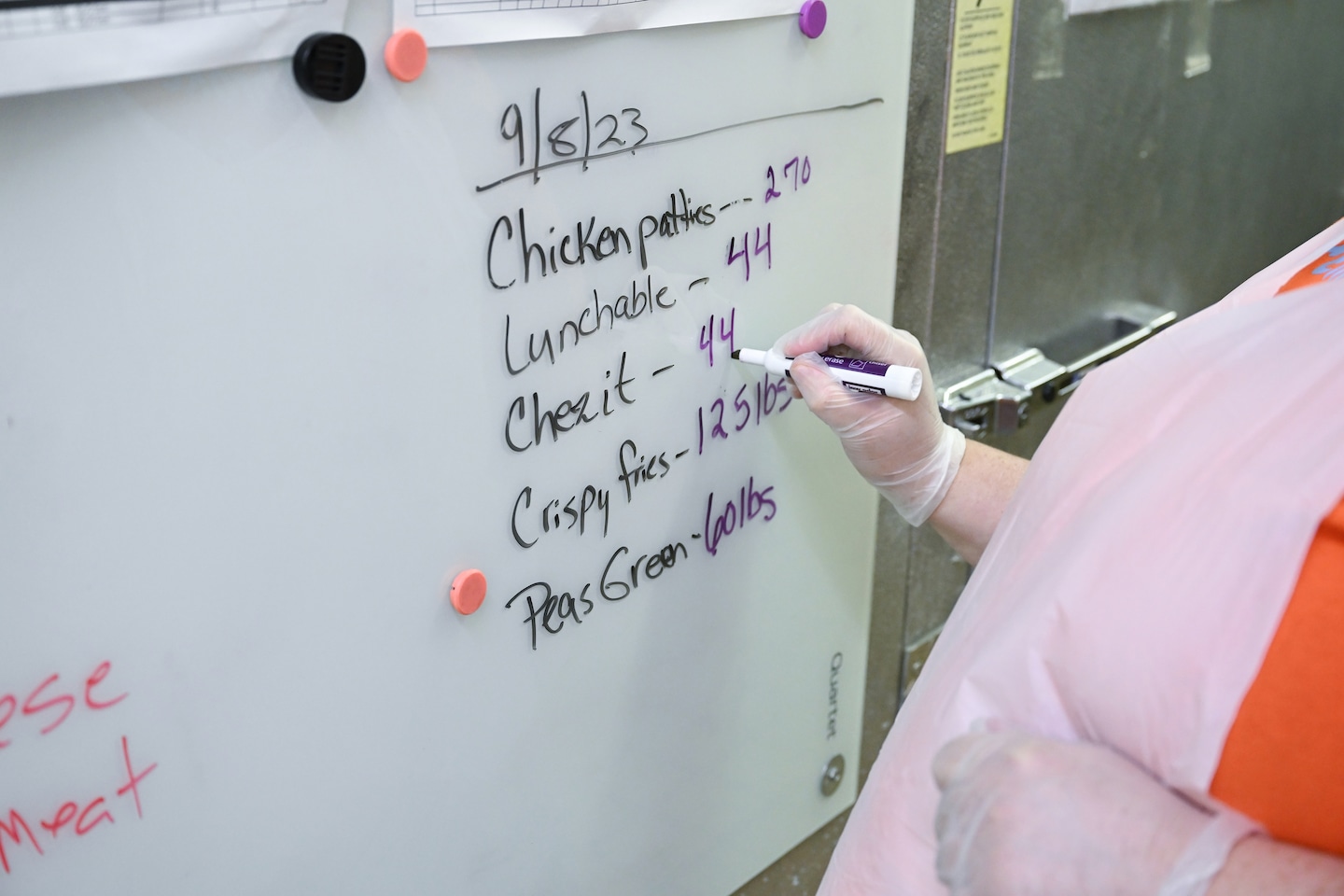The implications of Lunchables and Domino’s pizza in school meals go well beyond those mentioned in the Oct. 26 front-page article “The recipe that put Lunchables on school menus.”
These products contain natural and/or artificial flavors, which are often a disguise for chemicals specifically designed to increase food cravings. That’s a problem for families and schools tackling the inherent challenges of improving child nutrition.
Meaningful Agriculture Department meal standards would preclude these corporate foods and improve nutrition of school meals, which might be a child’s main meal of the day. Our children’s diets receive only 54 out of 100 points on the Healthy Eating Index. This abject failure would be laughable if it weren’t so dangerous for children’s health. The solution is actually serving kids nutritious food, which requires long-term testing of healthy choices with culturally relevant, appealing and familiar flavors. This is already happening in local districts that prioritize child health. But solving the deficiencies of children’s diets won’t satiate the financial appetites of processed-food manufacturers and their apologists, who have turned school meals into corporate profit centers.
We know childhood eating habits also influence people’s eating behaviors as adults, so continuing these school meal policies will increase long-term risks of chronic disease. Unhealthy school meals are bad for the planet, too, accelerating deforestation, climate change, and species loss — and ultimately making it harder to grow food at all. Corporate foods in school lunch programs aren’t just bad policy. They’re also a real threat to our future.
Mark E. Rifkin, Baltimore
The writer is the senior food and agriculture policy specialist at the Center for Biological Diversity.
It’s true that too many schools fill students’ lunch trays with prepackaged, heavily processed foods. But here in New York City, the nation’s largest school district, we’re thinking outside the Lunchables box and testing a viable alternative: healthy, nutritious, delicious foods cooked from scratch. The meals meet students’ dietary and cultural needs and preferences, and students actually enjoy the food.
This approach requires collaboration and commitment. City officials are working in partnership with a nonprofit, Wellness in the Schools, to revise school menus and purchasing agreements in favor of fresh foods. They’re conducting recipe-testing and taste-testing programs in 60 schools citywide to inform menu development, getting input from students, chefs and school food workers.
It also requires school districts to analyze schools’ equipment, staffing and training needs to implement the menu changes, and to work with their cooks to sharpen their culinary skills. Cafeteria design also matters when it comes to getting students to eat school meals; organizations such as Community Food Advocates are working with the school district to transform cafeterias into spaces where kids want to hang out and eat.
Students learn better when they eat nutritious school meals. And schools are a great place for young people to try new foods and develop healthy eating habits. School food doesn’t have to be heavily processed and packaged; New York is showing it can be healthy and delicious.
Julia McCarthy, New York
The writer is senior program officer at the New York Health Foundation.
